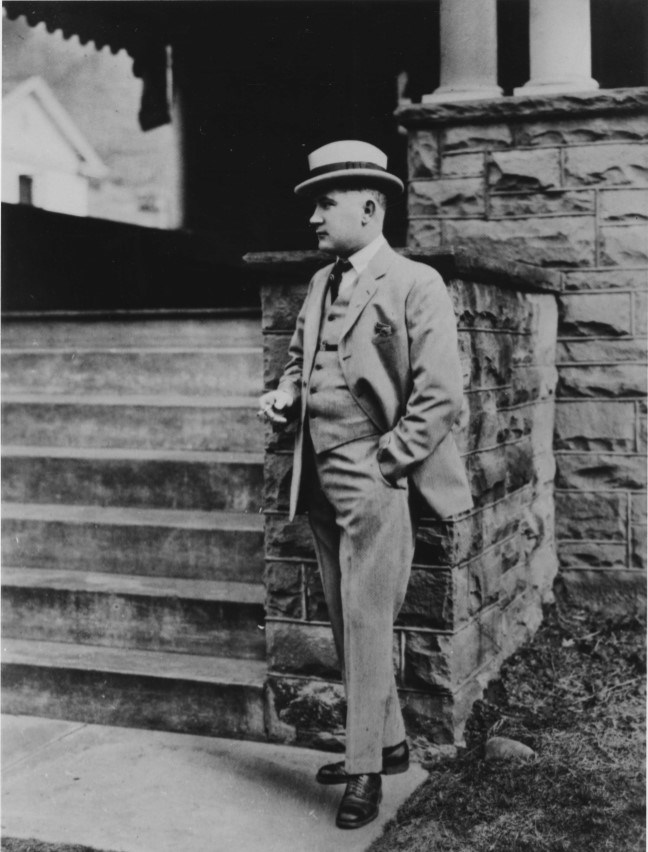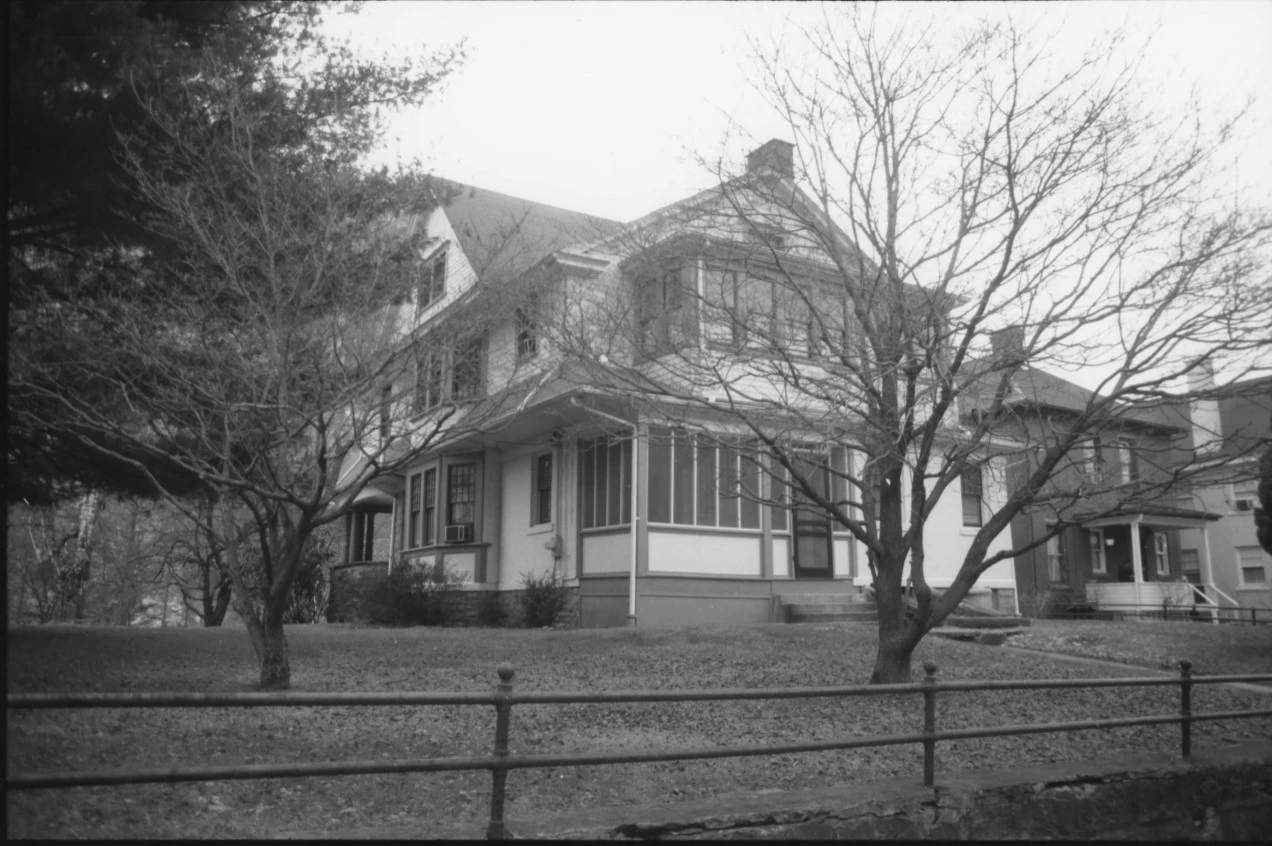Part of a series of articles titled West Virginia Mine Wars.
Previous: The March on Logan County
Article

National Register of Historic Places, West Virginia
Don Chafin served as the sheriff of Logan County during the West Virginia mine wars. Commonly referred to by the moniker, “czar of Logan,” Chafin’s notoriety among the miners of West Virginia was widespread. Born on June 26, 1881, Don Chafin was the son of the sheriff of Logan County. Don Chafin succeeded his father after winning the county sheriff election in 1912. Because of a state law preventing him from serving two consecutive terms in office, Chafin served as county clerk from 1916 to 1919, before again being elected sheriff in 1920.
For the first two decades of the 1900s, miners struggled to unionize the coalfields of southern West Virginia. Although many coal operators hired private guards, like those of the Baldwin-Felts Detective Agency, to use intimidation and violence to prevent the United Mine Workers of America (UMW) from unionizing their workers, in Logan County the operators relied on Sherriff Don Chafin and his deputies to do this work. Cloaked under the dubious cover of law, Chafin stationed his deputies at the various mines and on trains going in and out of Logan County, searching for any form of labor organizing activity. For his services, he charged the Logan Coal Operators Association a handsome fee. For example, Chafin earned $2,725 a month during the Paint Creek-Cabin Creek uprising. The operators paid him $37,700 during the year 1919—when he was ostensibly employed as the county clerk.
During the period that the Logan County coal operators relied on Chafin and his deputized forces, he maintained a reign of terror over the miners of Logan County and became a symbol of the repression coal miners faced in West Virginia. In August of 1921, when union and union-sympathizing miners began their march to Mingo County to free miners arrested during the strike of 1919, their plan was to first stop in Logan County to kill, or at least unseat, Don Chafin.
Nearly 9,000 union men marched to Blair Mountain—the ridge they needed to cross to enter Logan County. Chafin, with the blessing of the governor, organized an army of his own to repel them. People who volunteered for Chafin’s army included middle-class teachers, shopkeepers, and other white-collar workers who feared the marching miners, particularly when they were supported by “radical” groups like the Socialist Party of America. In addition to gathering 3,000 armed volunteers,
Chafin amassed a massive arsenal that included machine guns and even three bi-planes, which dropped bombs and chemical weapons on the miners under his orders, all supplied by the Coal Operators Association.
After federal troops intervened, effectively bringing a halt to the Battle of Blair Mountain, Chafin became a hero in the eyes of the coal operators for stopping the union, enabling him to charge even higher fees for his services. He stayed in the position of sheriff until 1924, when he was charged and convicted of illegally operating an establishment that sold liquor. Despite this fall from grace, Chafin remained a wealthy and powerful local figure. He resided in the house at 581 Main Street, Logan, West Virginia until moving to Huntington in 1933.
The Don Chafin House is listed on the National Register of Historic Places (NHRP). The NRHP is the official list of the nation's historic places worthy of preservation. Authorized by the National Historic Preservation Act of 1966, the National Register of Historic Places is part of a national program to coordinate and support public and private efforts to identify, evaluate, and protect America's historic and archeological resources.
View the National Register nomination for the Don Chafin House.
Discover more resources on the West Virginia Mine Wars and related topics here: Resources on the West Virginia Mine Wars.

National Register of Historic Places, West Virginia
Part of a series of articles titled West Virginia Mine Wars.
Previous: The March on Logan County
Last updated: September 27, 2024